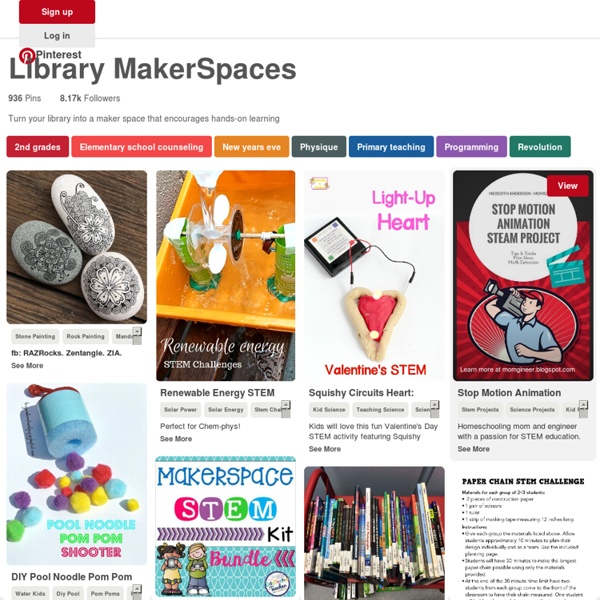



How to design and CNC cut wooden enclosure for your 3d printer GuruBrew made an excellent tutorial video with step-by-step instructions on how to design and CNC cut wooden enclosure for your 3d printer. Video is very detailed and will guide you trough the entire process with valuable tips & tricks, software and tools used. This is what the enclosure looks like: The enclosure is made out of .25 an .5 inch MDF wood and acrylic (plexiglass) plastic. Here is the video tutorial: Here is a video of finishing the enclosure with Plexiglas panel windows:
Feed Your 3D Printer Recycled Plastic If you want to 3D-print all of your ideas, you’ll need to start with a hefty supply of plastic filament—the “ink” used by 3D printers. Or you could get a ProtoCycler and make your own. In 2013, Dennon Oosterman and his former classmates Alex Kay and David Joyce grew tired of churning through expensive filament. So they built a machine that could recycle it back into usable form. The $700 ProtoCycler grinds scrap plastic—such as empty bottles and rejected 3D-printed models—into digestible pieces, melts it down, extrudes it, and winds it onto a spool. To ensure consistency, a computer-controlled diameter-feedback system uses two cameras to accurately measure the width of the filament. There are a few drawbacks to recycled plastic. This article was originally published in the January/February 2016 issue of Popular Science, under the title “Feed Your 3-D Printer Recycled Plastic.”
NASA Robotics - Educators : Kindergarten to 5th Grade Red Rover Goes to Mars The Planetary Society hosts another site geared toward getting students interested in robots. This site also includes another scenario for which students can drive other schools' rovers in a new environment. + More information M.A.R.S./Lewis & Clark Project Learn about Barretts Elementary School's "Comparison of the 19th Century Voyage of Lewis and Clark with a 21st Century Voyage to Mars" + More information Adventures in Lego Robotics + More information Beyond Black Boxes An MIT site that encourages scientific inquiry through designing and building robots. + More information How to Make Your Nanorover Have students try making their own nanorover model + More information ImagiBotics Robotics classroom activities, articles, and interviews at Imagiverse + More information Mars Robotics lesson plans + More information LEGO Robotics Activities + More information SqueakLand Let younger children try their hand at programming through Squeakland. + More information
What Does 'Design Thinking' Look Like in School? At Nueva, students are asked to bring the principles of design to every problem, no matter what age or grade. One fourth-grade design challenge included designing an LED lamp for a family member. Rather than immediately jumping in with ideas about the coolest lamp design, students were told to go home and observe their family members surreptitiously and decide who most needed a new light source. They then had to design a lamp that suited that person’s need and interests. A sixth grade health-related project required students to work with Kaiser Permanente to improve some of their products. [RELATED: What Do Wii Remotes Have to Do With Science?] Kindergartners are tackling simple design challenges too, learning about materials, and getting a taste of design thinking as part of all their lessons. The projects teach students how to make a stable product, use tools, think about the needs of another, solve challenges, overcome setbacks and stay motivated on a long-term problem.
Teens Show Off Engineering Mettle With Pasta Bridge Competition Imagine having to build a bridge — a strong bridge — out of nothing but epoxy and spaghetti. Yeah, hard. Just ask one of the 160 high schoolers who recently finished Engineering Innovation, a rigorous, monthlong summer camp run by Johns Hopkins University in Baltimore and a handful of other cities. Students come from all over the world to get what is, for many, their first real taste of engineering in the classroom. Example: Measure the distance between two spires on the Hopkins campus using nothing but a few measuring sticks, string and tape. Students also have to design a mousetrap out of nothing but paper, glue and rubber bands. But the grand finale — the last big test for students — is the spaghetti bridge. The Shatter “I’m so scared right now,” says Bidyut Mani, 16, playfully cringing as his team begins adding weight to their bridge. It’s the last day of camp, and Bidyut’s team, Penne For Your Thoughts? The Rules No ziti, people. Too tall (over 10 inches) and points will be deducted.